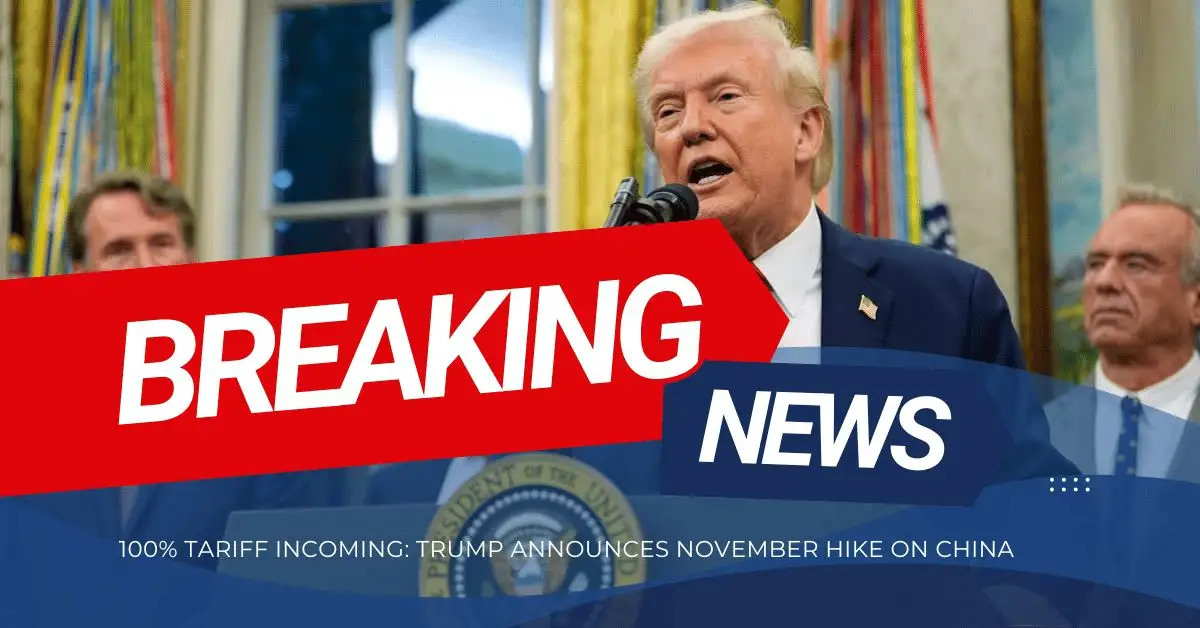Abstract:On Friday, Japan's Finance Minister, Shunichi Suzuki, said that the market should set currency exchange rates according to economic fundamentals. He made this statement after the Yen fell to its lowest level in six months against the dollar.

On Friday, Japan's Finance Minister, Shunichi Suzuki, said that the market should set currency exchange rates according to economic fundamentals. He made this statement after the Yen fell to its lowest level in six months against the dollar.
Shunichi Suzuki told a press conference: “The market should determine currency rates based on fundamental values. We will continue to watch the market movements closely.”
This statement by Suzuki is considered better and more reassuring than the warnings usually issued by Japanese authorities when they see excessive Yen movements. What that means is that Tokyo has now taken a more cautious approach.
Yen depreciation is also lighter than last year's decline. This prompted the currency authorities to immediately step in and settle for stopping the slide. Meanwhile, the weak Yen impeded Japanese exporters from raising import costs.

Inflation in Tokyo Slowed in May, but Bank of Japan's Kazuo Ueda Still Warns of Policy Risks
The weak Yen is encouraging Japanese exporters if it hurts households. So it was overcome by increasing the cost of imported raw materials, which are already high. But related to this inflation rate, Suzuki declined to comment further.
This confuses the Japanese currency market and the movement of the Tokyo economy. And core consumer inflation in Japan slowed in May, but a critical index erases the effects of fuel hitting a four-decade high. This underscores widespread price pressure as well.
Ultra-loose monetary policy data draw is now a leading indicator of national trends. This shows companies continuing to pass up the oct in a sign of inflationary pressures. This estimate could be longer than the projection the Bank of Japan (BOJ) submitted.
Tokyo's core consumer price index, excluding volatile fresh food but including fuel costs, in May showed a rise of 3.2% from a year earlier. This is at least still in the range or even below the market projection, which offers an increase of 3.3%.
Separate data released yesterday also shows that the movement is stable. The global slowdown and rising food prices are a prospect for consumption. Ueda has repeatedly said that inflation will subside again in the coming months because the cost-push factor will disappear.
Therefore, the BOJ is still very confident in maintaining its ultra-loose policy until more robust wage growth ensures that Japan can sustainably achieve its inflation target in the 2% zone. In the meantime, the BOJ will review its quarterly growth and inflation projections through July.
Kazuo Ueda promised that the Bank of Japan would respond more quickly if there were signs of a structural change in price pressures across the economy. Banks may be expected to exist, but Central Banks last saw it decades ago.
These comments from Ueda made the market highlight the exceptional circulating levels faced by Japanese monetary authorities. Loose economic policies to revive market demand are now shaking some goods from stagnant prices.
Japan Finally Raises Views on Economy for the First Time Since July 2022 as BOJ Keeps Speculators in the Dark
With what the Japanese government has done recently, it is also attracting attention because the view of the economy has been raised. Data showing that Japan is out of recession still requires economic and social activities.
Consumer spending has also increased, so the economy is improving moderately. The positive movement has spread to all sectors of the economy. So the Japanese government comfortably states that the economy has entered a self-recovery phase.
Takumi Tsunoda, senior economist at Shinkin Central Bank Research institute also stated his concern and expectation of bond market distortions fixing. He said that this can help Bank of Japan to sustain the policy at least until early 2024.
“With rising uncertainties around the global economy, the risks came with a drastic policy shift that is not small,” stated Takumi. More economists shared their forecast that the BOJs negative short term interest policy were nearly the end.
Japan has shown solid movement in recent months. The ultra-loose monetary policy is a concern because it has caused price fluctuations in several goods. But reduced inflation and positive economic trends have stabilized the FX Rate.











